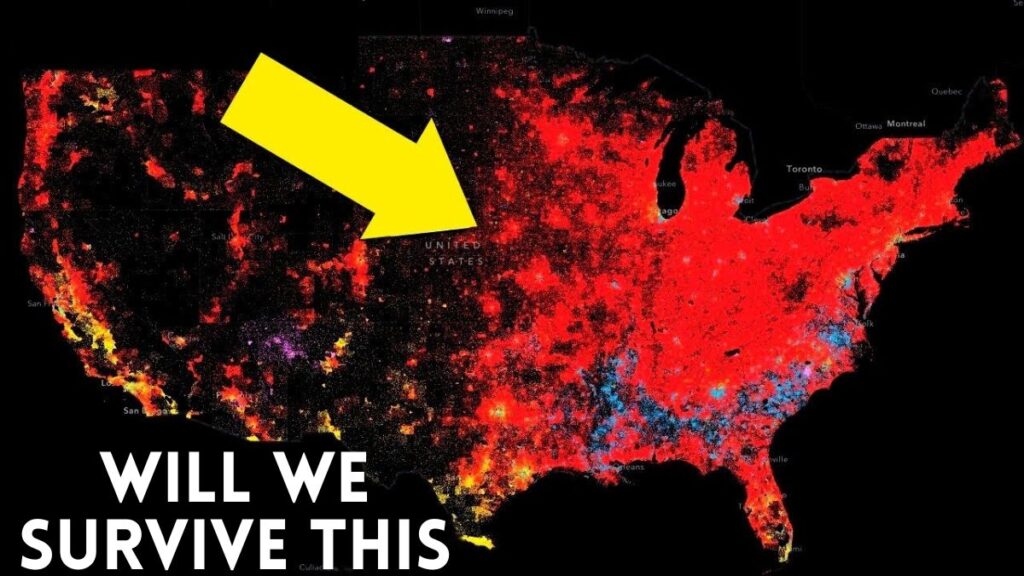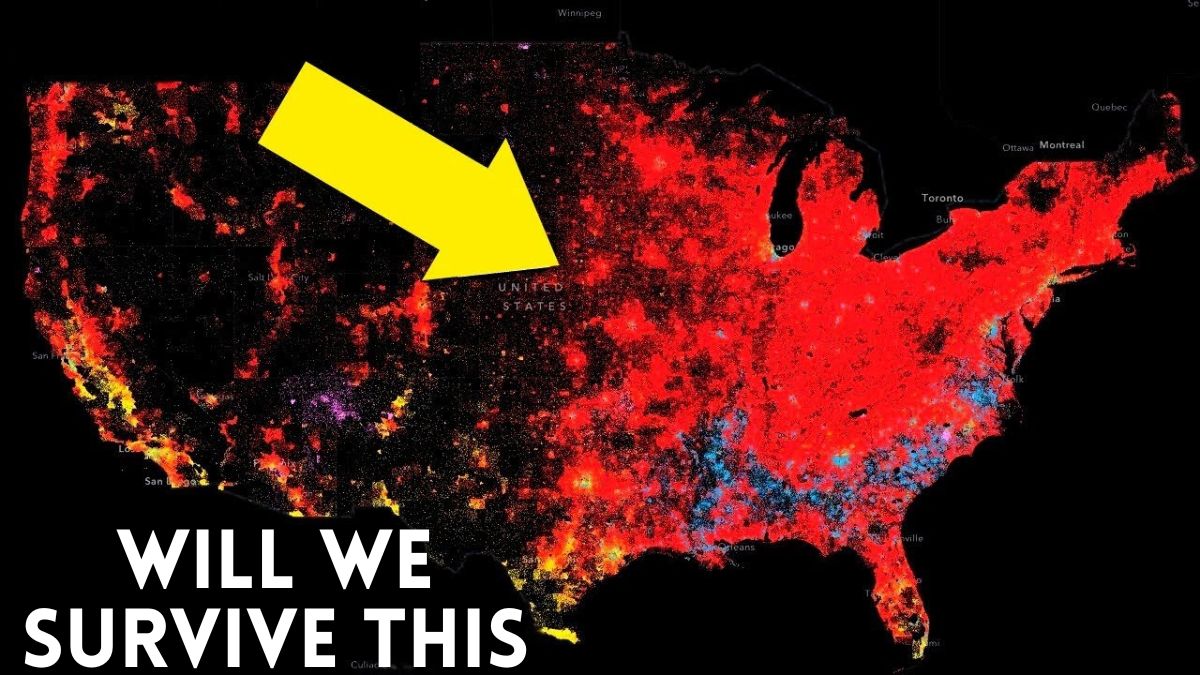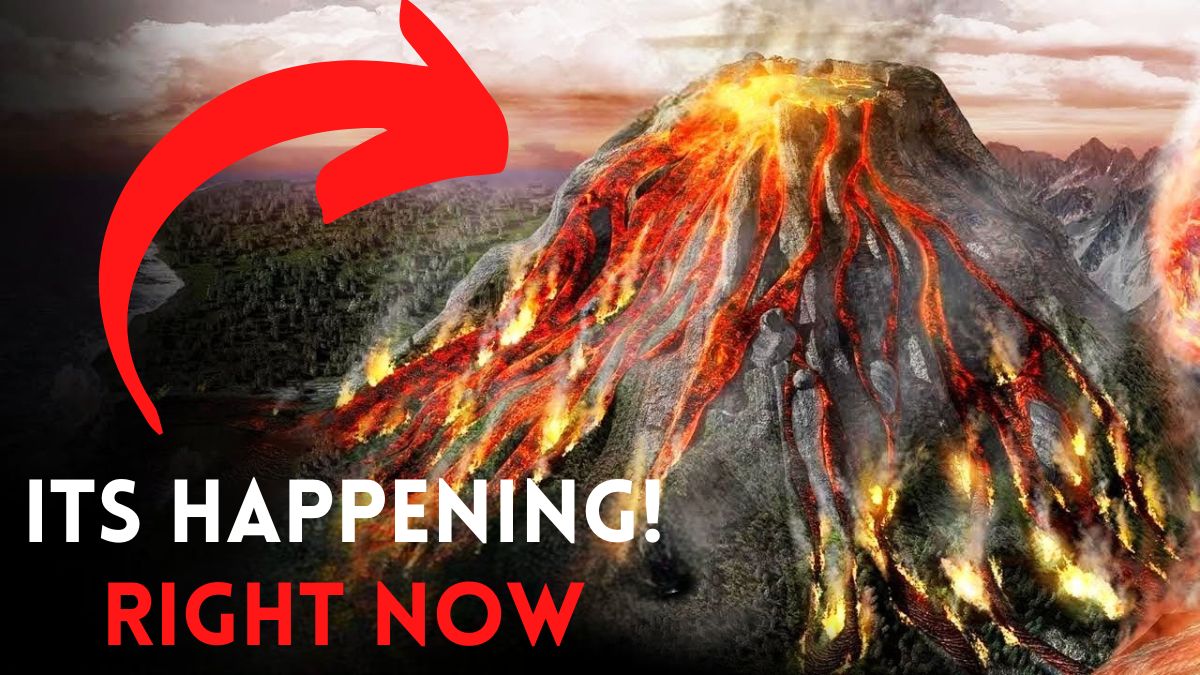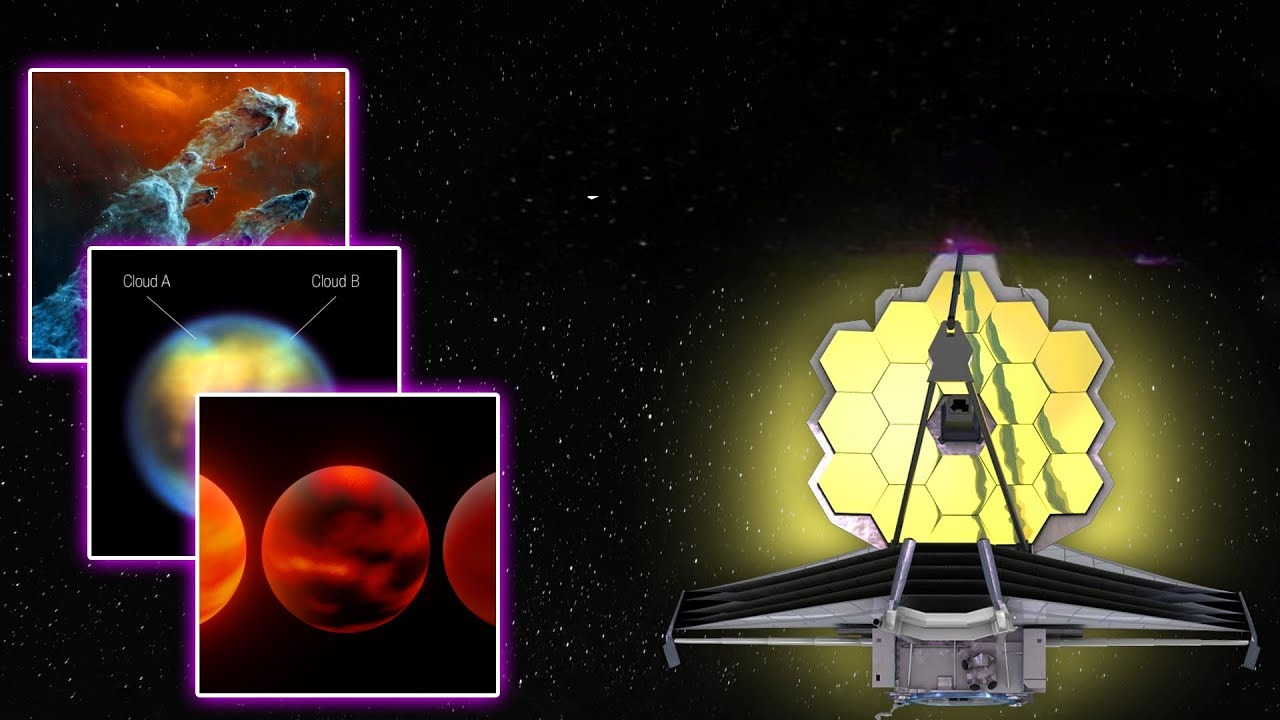
Natural disasters are an unavoidable force of nature that can wreak havoc on entire communities and break them apart.
The tsunami is one of these disasters that stands out as one of the most terrifying and amazing.
Tsunamis have the power to destroy everything in their path with their towering walls of water.
However, what makes these enormous waves so lethal?
Is it just how big and powerful they are, able to travel at speeds of hundreds of miles per hour and reach heights of more than 100 feet?
Or is it their erratic nature, when they strike without warning and devastate entire communities?
And most importantly, what is the root cause of these immense waves?
How can they be found and stopped?
We still don’t know much about tsunamis, despite decades of research.
Moreover, scientists are expressing their concern that something catastrophic will occur.
One of the ocean’s most deadly natural disasters is a tsunami, also known as a seismic sea wave.
Earthquakes, volcanic eruptions, landslides, and even impacts from meteorites are all examples of natural phenomena that can cause them.
A series of waves that can travel across entire oceans at high speeds is produced when an earthquake occurs beneath the ocean. This earthquake generates a tremendous amount of energy that can cause the displacement of large volumes of water.
When they reach the shore, these waves can be very destructive.
A tsunami’s enormous energy can flood large areas and cause damage to buildings, infrastructure, and even entire communities.
A magnitude 9 in 2004, one of the deadliest natural disasters in history was the massive tsunami caused by a single earthquake off the Indonesian coast, which killed over 230,000 people in 14 countries.
In 2011, Japan experienced another famous tsunami of magnitude 9.
A tsunami of magnitude 0 caused heights of up to 40 meters in some areas.
More than 15,000 people died as a result of the tsunami, which also caused a nuclear accident at the Fukushima Daiichi power plant.
For a number of decades, scientists have been studying tsunamis to better understand how they occur and to develop better techniques for detecting and notifying people when a tsunami is approaching.
They use computer models, seismometers, ocean buoys, and other tools to predict when a tsunami will strike and monitor earthquake activity and sea levels in real time.
In spite of advancements in tsunami research and technology, the threat of a devastating tsunami remains a major concern in numerous coastal areas worldwide.
The risk of a massive tsunami is now greater than ever before, according to scientists, as a result of rising global temperatures and the melting of glaciers.
This emphasizes the significance of continuing research and development of efficient warning systems to reduce the loss of life and property resulting from these destructive natural phenomena.
However, did you know that scientists have recently issued a warning about the possibility of a massive tsunami striking the eastern coast of the United States?
Tsunamis’ ability to strike without warning is one of their most frightening characteristics.
The majority of tsunamis are brought on by earthquakes, so there is typically only a short time between an earthquake and the tsunami hitting the shore.
A massive tsunami is anticipated to strike the Eastern Coastline of the United States, according to scientific projections, and it is likely to cause catastrophic damage.
The erupting of Cumbre Vieja, a massive volcano in the Canary Islands, is anticipated to be the proximate cause of this impending natural disaster.
The eruption’s tsunami wave could be larger than any tsunami wave ever recorded, according to scientists.
We are certain that this catastrophe will occur at some point in the future, despite our inability to pinpoint its exact date.
The megatsunami could produce waves up to 100 meters high along the west coast of the Sahara, waves as high as 40 meters on the north coast of Brazil, and water walls 50 meters high off the coast of Florida and in the Caribbean, according to a model developed by Simon Day of the University of College London and Stephen Ward of the University of California.
In addition to the massive waves, the Cumbre Vieja volcano’s eruption is expected to cause a massive landslide on its western side, which will severely deform the volcano itself.
Day’s projections say that a huge chunk of rock that is twice as big as the Isle of Man could fall off the volcano and cause a debris avalanche that could reach 60 kilometers from the island.
An unstoppable force that would destroy everything in its path and reach heights of up to 900 meters and widths of tens of kilometers would result from this.
A series of enormous waves, known as a “tsunami wave train,” would result from the massive water’s collapse and rebound.
This tsunami would travel 250 kilometers in just 10 minutes, causing unimaginable destruction along the way.
Day and his team, on the other hand, issued a message urging people not to panic at this time and offering some comfort to those who live near the danger zone.
Scientists predict that Cumbre Vieja may erupt multiple times before it eventually collapses, despite the fact that eruptions occur at intervals of decades to a century.
Despite this, the tsunami that would result would be catastrophic and have worldwide indirect effects.
It is essential to remain informed and prepared for the worst as we confront nature’s unpredictable forces.
Are we really prepared to deal with the possible destruction that lies ahead?
Tsunamis are unparalleled in their destructive power, and the idea that they can strike without warning is terrifying.
Understanding the science behind tsunamis and taking proactive measures to reduce the risks posed by them are crucial.
Also, according to a study that was published in Science Advances, Cape Verde’s islands in the Atlantic Ocean were hit by a massive tsunami that was up to 170 meters (560 feet) high about 73,000 years ago.
Researchers from the University of Lisbon conducted the study and discovered evidence of the massive tsunami in the form of sediment deposits and boulders scattered across the island of Santiago.
A volcanic collapse on the nearby island of Fogo, an active stratovolcano that continues to erupt to this day, set off the massive tsunami.
A huge amount of rock and other debris fell into the ocean as a result of the volcanic collapse, resulting in the massive tsunami.
The waves, which were thought to have been moving at speeds of up to 700 kilometers per hour (435 miles per hour), would have destroyed a lot of the coastlines of Cape Verde and other islands nearby.
Despite the fact that the event occurred 73,000 years ago, the study is significant because it highlights the potential threat that tsunamis pose.
Understanding the causes and dangers of tsunamis grows in importance as coastal populations worldwide continue to expand and more people are exposed to the threat.
The researchers hope that their findings will help us learn more about how megatsunamis are made and how we can better prepare for and lessen the effects of them in the future.
Megatsunamis, on the other hand, occur more frequently than people realize.
A recent study reveals that a 100-meter-tall tsunami struck a nearby lake in 2020 as a result of a massive landslide in British Columbia.
In the province’s coastal region, the landslide occurred in October 2020 near Elliot Creek as a result of heavy rainfall.
The ensuing wave in the lake was so big that it broke trees and tore up the hillsides around it.
The fact that it highlights the potential dangers of landslides in coastal areas and their potential to cause devastating tsunamis is what makes this study so significant.
Heavy rainfall, which is becoming more common as a result of climate change, was the cause of the landslide that set off the tsunami.
As a result, it is critical that scientists keep an eye on these areas for landslides and the dangers they pose.
To detect and avert future tsunamis caused by landslides, what kinds of warning systems might be implemented?
How can coastal communities better prepare for these calamities?
How can we lessen the risk of landslides and mitigate the effects of climate change?
In order to guarantee the safety of those who live in coastal areas, these are crucial questions that must be answered.
As climate change continues to affect our planet, tsunamis are becoming a more significant threat.
Climate change must be addressed as soon as possible because rising sea levels and warmer ocean temperatures are creating conditions that could result in more frequent and powerful tsunamis.
Glacier and polar ice cap melting is one of the most significant ways that climate change is linked to tsunamis.
Large quantities of freshwater are released into the oceans as these massive ice sheets melt, which can disrupt ocean currents and cause instability on the ocean floor.
Undersea landslides can result from this instability, which in turn can cause tsunamis.
The rise in extreme weather events like hurricanes and typhoons is another way that climate change is affecting tsunamis.
Large amounts of water can be pushed onto shorelines by these storms, causing flooding and the possibility of a tsunami.
The threat of tsunamis grows even more significant as a result of climate change’s effect on more severe and frequent weather events.
It is impossible to overstate the impact that tsunamis have on coastal communities.
They have the potential to devastate a large number of people, devastate entire communities, and result in untold deaths.
Researchers say that as a result of climate change increasing the risk of tsunamis, it is critical that we work toward a more sustainable future and reduce our carbon footprint.
Now, let us know what you think about tsunamis in the comments below.






![Moon Jellyfish has [ Hidden Secrets ] You don't know moon jellyfish](https://spaceupper.com/wp-content/uploads/2022/11/1-1.jpg)
